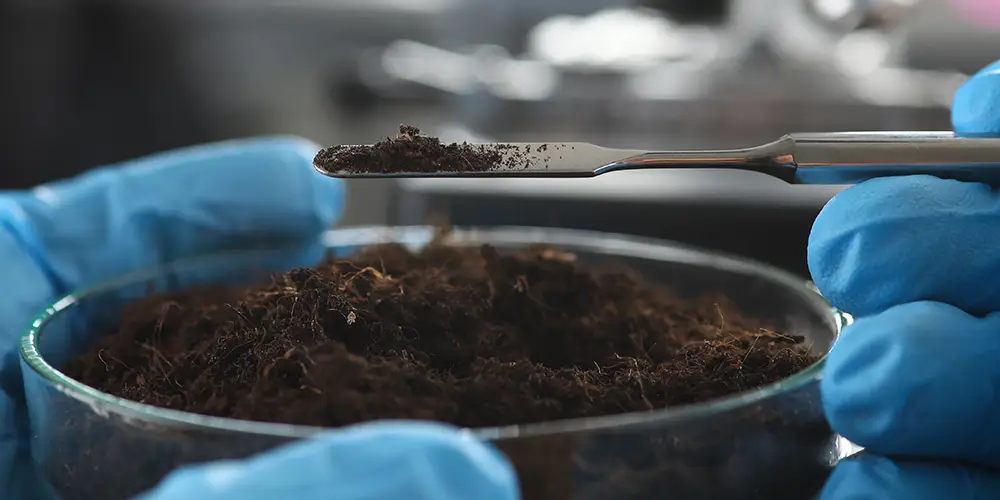

AMS radiocarbon analysis can provide valuable data about chronology and periods of formation of peat layers. Around 200 milligram of dried peat sample recommended. Before conducting radiocarbon (14C) dating, all samples are carefully chosen and subjected to pre-treatment, with consideration for factors such as the type of peat, the quantity available, and their overall condition. Subsequently, the samples are graphitized, a crucial step in the carbon dating process, demanding a high level of expertise to ensure dependable and accurate results. At the VILNIUS RADIOCARBON laboratory, samples go through pre-treatment using top-quality chemicals and consumables available in the market. The laboratory strictly adheres to internally approved methodologies as outlined in the provided protocol, ensuring the highest standards in the analysis of peat samples. On demand we can measure and d13C stable isotopes values, using Isoprime VISION isotope ratio mass spectrometer from Elementar GmbH (Germany) results.

Peat samples are treated using the standard acid-base-acid (ABA) method (Molnár et al. 2013, Brock et al., 2010). The samples are treated with a sequence of 1M HCl, distilled water, 0.2M NaOH, distilled water (until the solution is colorless), and then 1M HCl. Woody plant material may be subjected to a bleach treatment. The concentration of the solutions and the bleach (2.5–5.0% w/v), temperature and duration of storage of the samples in the solution depends on the size, fragility and preservation of the specimens.
Before sending the sample, we recommend to check here, how your sample’s result in the dating certificate will look.

By using this website you agree with our privacy policy